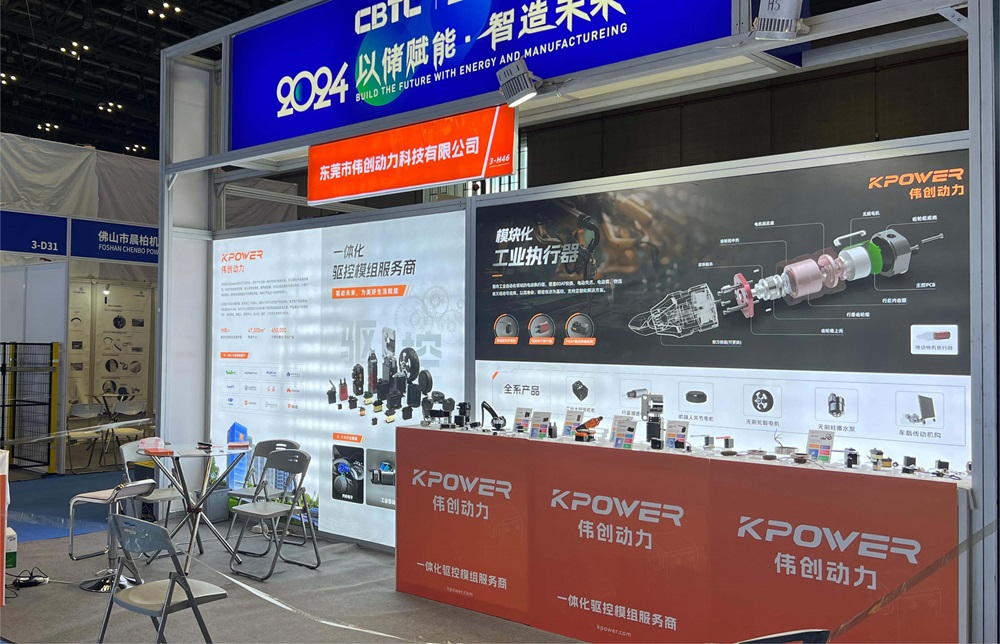The Essence of Servo Motor Control
In the rapidly evolving landscape of automation and robotics, servo motors stand out as the workhorses that bring precision, speed, and adaptability to countless applications—ranging from industrial machinery to consumer electronics. These compact yet powerful devices are designed to accurately control angular or linear position, velocity, and torque, enabling machines to perform complex tasks with remarkable finesse. But behind their seemingly effortless operation lies a sophisticated control system that ensures stability, accuracy, and responsiveness: the PID control algorithm.

At its core, a servo motor driven by PID control functions within a feedback loop. The system continually monitors the actual output—be it position, velocity, or torque—and compares it to the desired setpoint. Any deviation, known as the error, triggers corrective actions by the control algorithm. This closed-loop system is what grants a servo motor its exceptional accuracy and dynamic performance.
The Foundations of PID Control
PID stands for Proportional, Integral, and Derivative—three components that work in harmony to compute the control input to the motor. Understanding each part sheds light on how they contribute to precise motion control.
Proportional (P): The proportional term produces an output proportional to the current error. If the error is large, the control response is strong; if small, the response is gentle. This component provides immediate correction and reduces the overall error. For example, if the position is far from the target, the P control commands a substantial adjustment, bringing the motor closer to the goal swiftly.
Integral (I): The integral component accounts for the accumulation of past errors. It sums the error over time, correcting systematic biases and steady-state errors. Imagine a scenario where friction or load variations cause a persistent offset; the I term adjusts the control signal over time to eliminate this residual error, ensuring the motor reaches and maintains the setpoint precisely.
Derivative (D): The derivative term predicts future error based on the current rate of change. By doing so, it adjusts the control input to dampen oscillations and overshoot, enhancing stability and response smoothness. For instance, if the motor is approaching the target position rapidly, the D component can temper the control effort to prevent overshoot.
Why PID Control Reigns Supreme in Servo Systems
The elegance of PID control lies in its simplicity and effectiveness. It requires only the tuning of three parameters—Kp, Ki, and Kd—to adapt to diverse systems. Properly tuned, a PID controller can:
Provide rapid response to commands Suppress oscillations Minimize steady-state errors Enhance the robustness against disturbances
This adaptability makes PID controllers the choice for most servo motor applications, especially where precision and speed are paramount.
Tuning the PID Controller
Tuning is both an art and a science. It involves adjusting the Kp, Ki, and Kd gains to achieve the desired response characteristics—a process that can vary depending on load conditions, inertia, and other system factors.
Common methods include:
Manual Tuning: Incrementally adjusting gains based on system response—an approach suited for experienced engineers.
Ziegler-Nichols Method: A systematic method where the system is driven to oscillate, and gain values are derived from the oscillation characteristics.
Software-Based Optimization: Automated tuning algorithms that rapidly search for optimal parameters using iterative feedback.
Choosing the right tuning parameters results in optimal stability, responsiveness, and minimal overshoot, essential for high-performance servo systems.
The Role of Sensors and Feedback Devices
At the heart of the PID loop is the feedback device—be it encoders, resolvers, or Hall sensors—that measures the motor’s output. High-resolution sensors provide precise data, enabling the controller to make accurate and timely corrections. The quality of feedback data directly influences the effectiveness of the control system.
Real-World Applications of PID-Controlled Servo Motors
Servo motors governed by PID control are ubiquitous across industries:
Robotics: Ensuring smooth, precise joint movements in robotic arms.
Manufacturing: Accurate positioning of conveyor belts, CNC machines, and packaging equipment.
Aerospace: Precise control of control surfaces and satellite positioning.
Consumer Electronics: Camera autofocus mechanisms and drone stabilization systems.
In each case, the consistent theme is the need for dynamic, accurate, and stable motion—qualities driven by well-tuned PID controllers.
Next, we will explore the practical considerations in implementing PID control in servo systems, the challenges faced, and future innovations transforming the field. Stay tuned for Part 2.
Kpower has delivered professional drive system solutions to over 500 enterprise clients globally with products covering various fields such as Smart Home Systems, Automatic Electronics, Robotics, Precision Agriculture, Drones, and Industrial Automation.




































